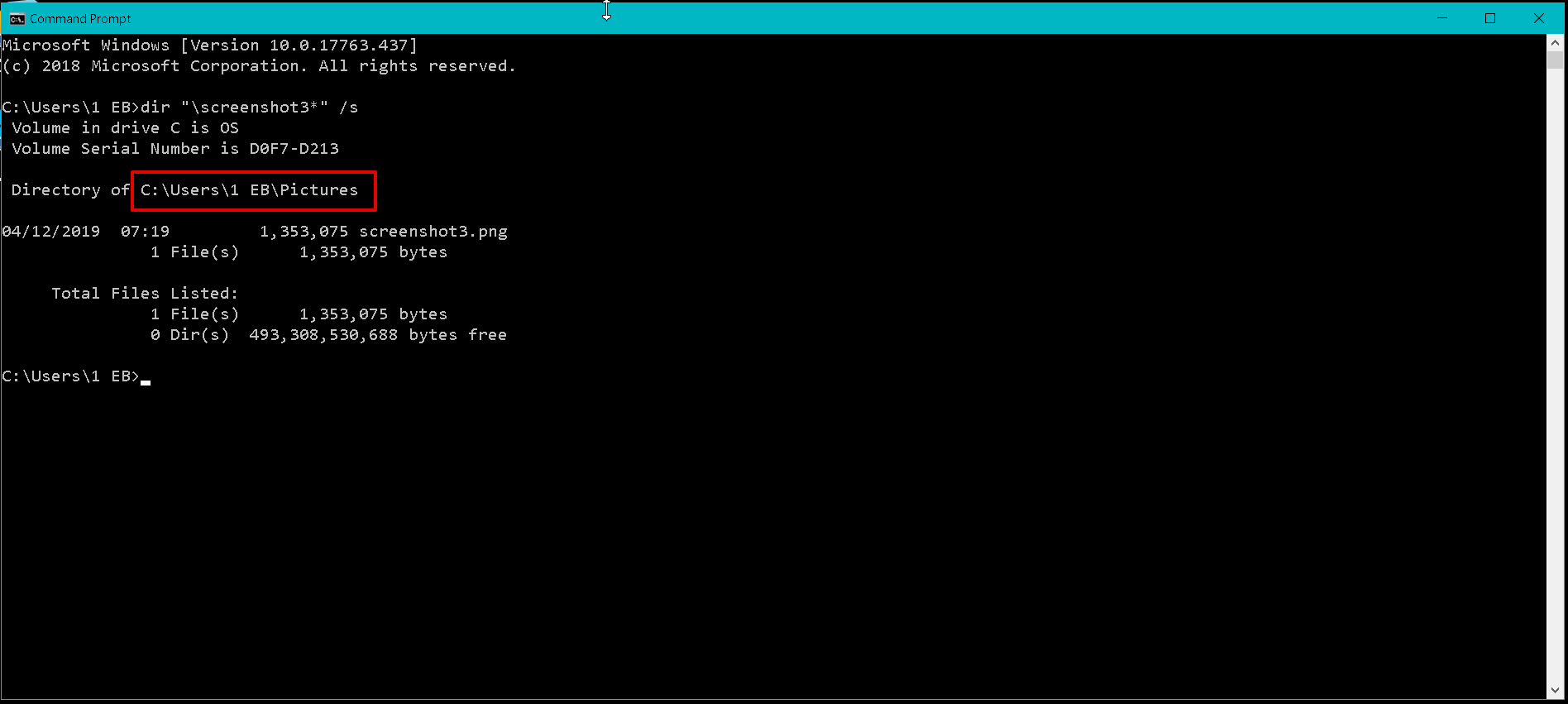
The general syntax for the find command is find Įxplore more grep command examples. We will then show you how to use the -exec option to act on the files or directories based on their size, permissions, etc. This will show you how to find files and directories. In this article, we will start by explaining the basic Linux find commands with examples. Adding the -exec option enables sysadmins to run external commands and perform actions like copying, moving, deleting, or changing permissions of the files matching the specified criteria such as size, name, etc. It can find directories and files by their name, their type, or extension, size, permissions, etc.īesides locating files and directories, combining the find command with others enables you to take action on the results.


The Linux find command is a powerful tool that enables system administrators to locate and manage files and directories based on a wide range of search criteria.


 0 kommentar(er)
0 kommentar(er)
